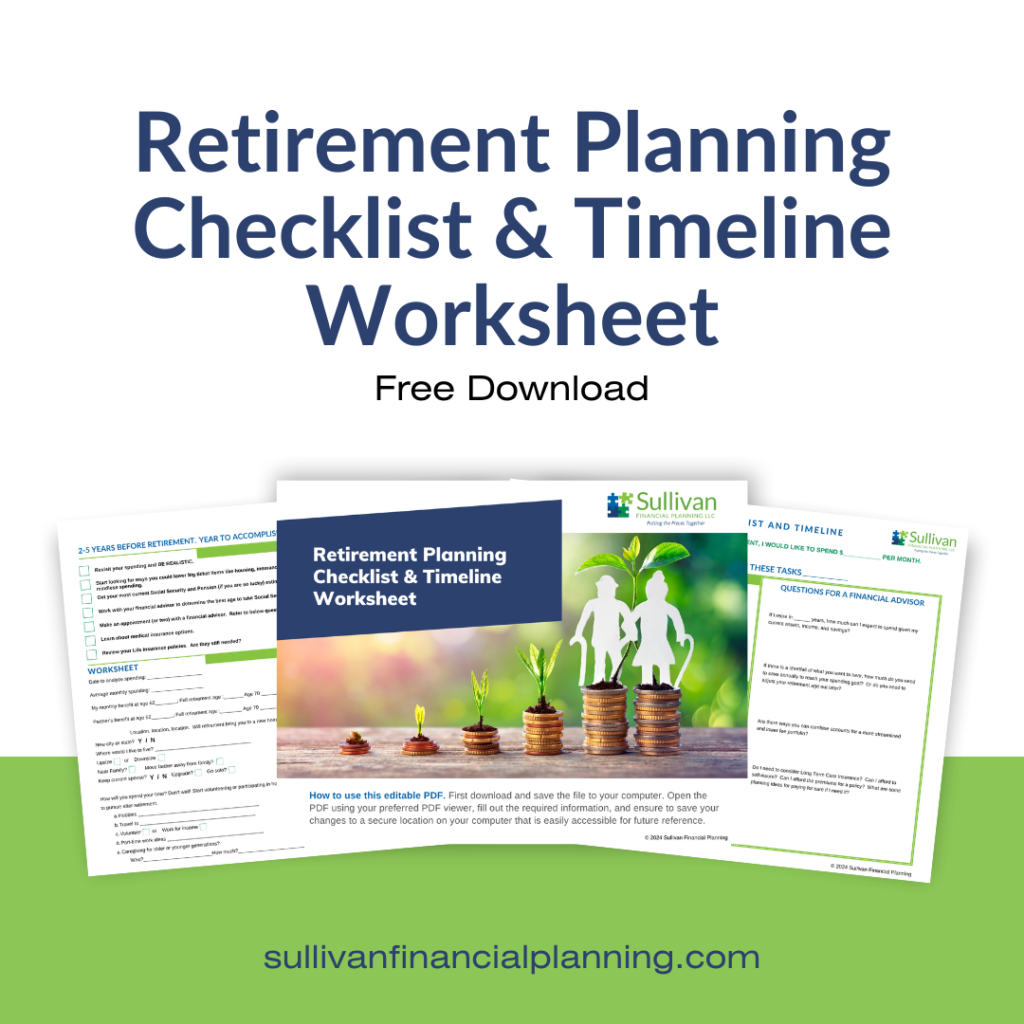Ultra-low interest rates present a dilemma: Great for borrowers (both companies and individuals), potentially great for the stock market, but terrible for people who need risk free savings for emergencies or retirement income.
Unfortunately, if you need your money within 1-2 years to spend, there’s not much I can suggest. No growth is the price you pay for safety.
It wasn’t always thus. I can remember in the late 1990s going to work for Fidelity and the core money market accounts paid 6%. Of course, no one was interested in that when their Janus Twenty Fund was returning 1,050%/year* and would always return that much forevermore!
So, what’s a saver to do? There are two alternatives to look at, but know THEY BOTH PUT YOUR PRINCIPAL AT RISK!!! I cannot scream it loud enough, PRINCIPAL IS NOT GUARANTEED.
#1: Floating Rate High Income Funds: These funds invest in very short term, unsecured (thus riskier, thus the high income) loans that banks give to companies to even out their cash flow. The loans are usually 30 days or so in duration and reset interest rates often so are not as subject to price drops if interest rates rise. They tend to pay more interest than money markets, but again, they can drop in value!
#2: Short Term Bond Funds or ETFs: These investments are generally focused on investment grade (good credit rating unlike above) bonds of both governments and corporations that mature in 5 years or less. The shorter duration means less fluctuation of principal and also less interest than a longer-term bond fund. Still, there is a chance for growth and better income than a money market.
This is NOT personal investment advice! These investment ideas are NOT good for money you want to put toward a down payment on a house in the next 6 months. But, if you are sitting on a lot of cash and don’t think you’ll need at least part of it for 12 months or so, this could be a way to goose the returns on your safe money up a bit.
Do your research and talk to your financial advisor before using any investments you read about in a blog.
*That’s a made-up number, but you get it if you remember the dot.com boom.



